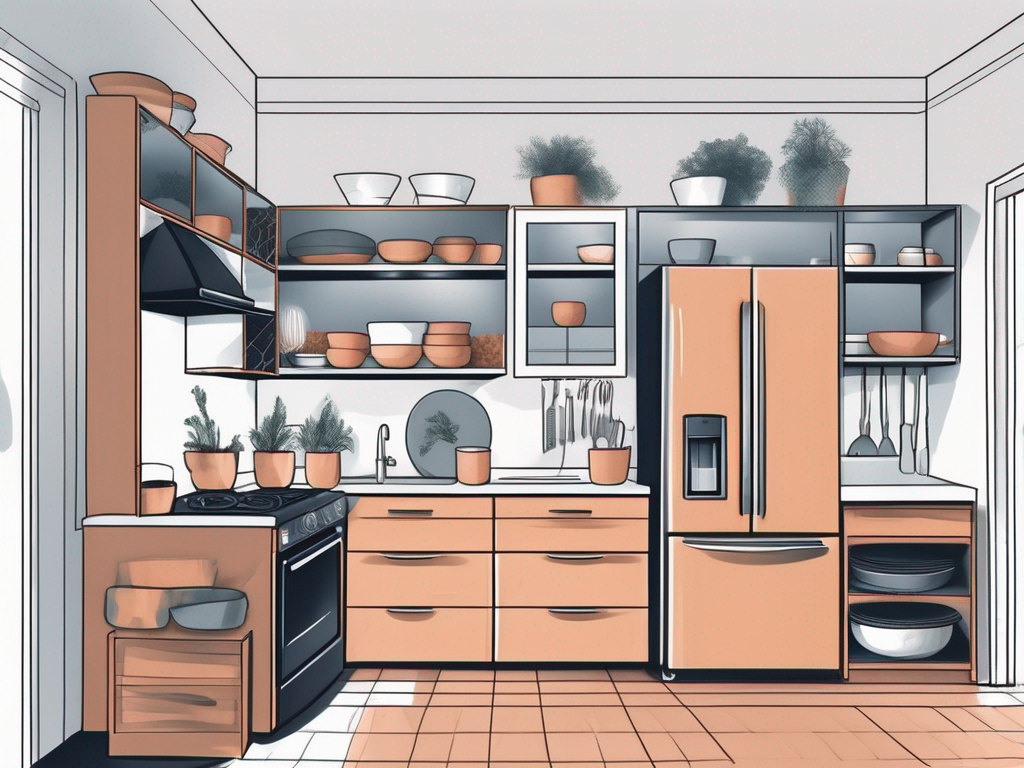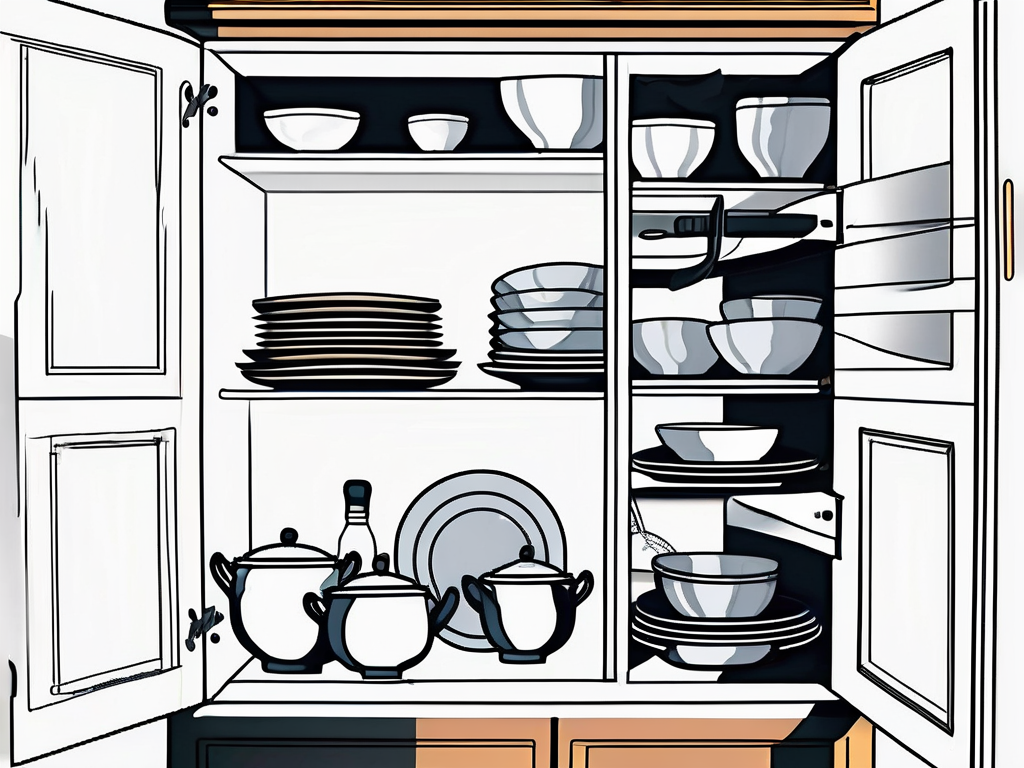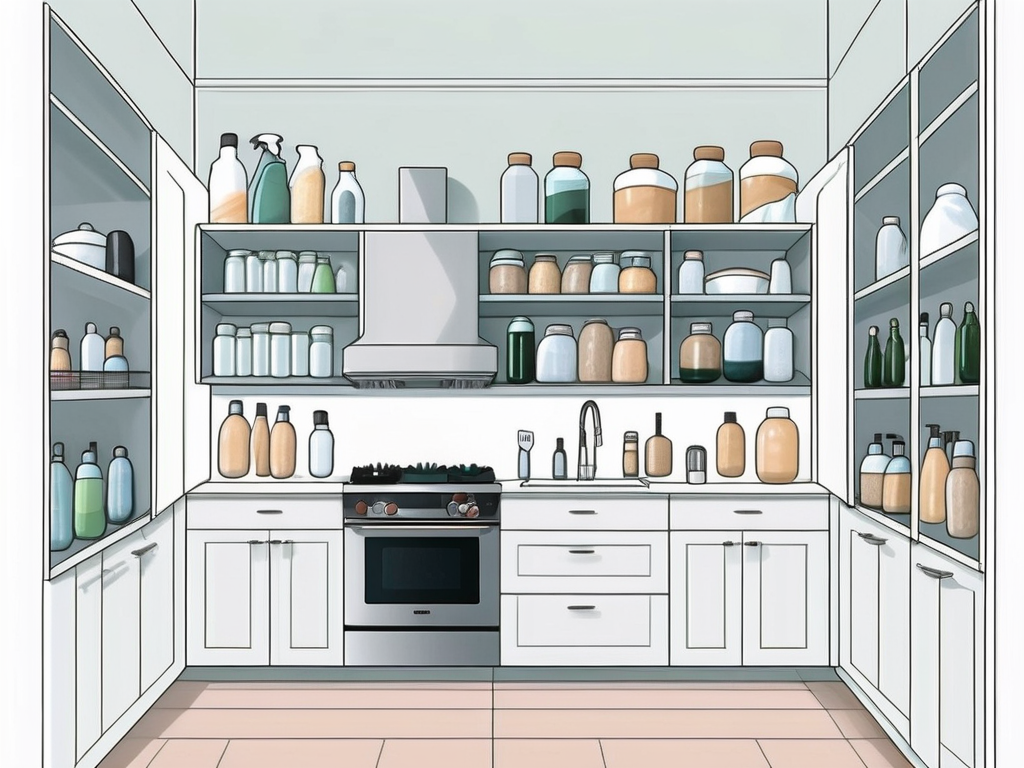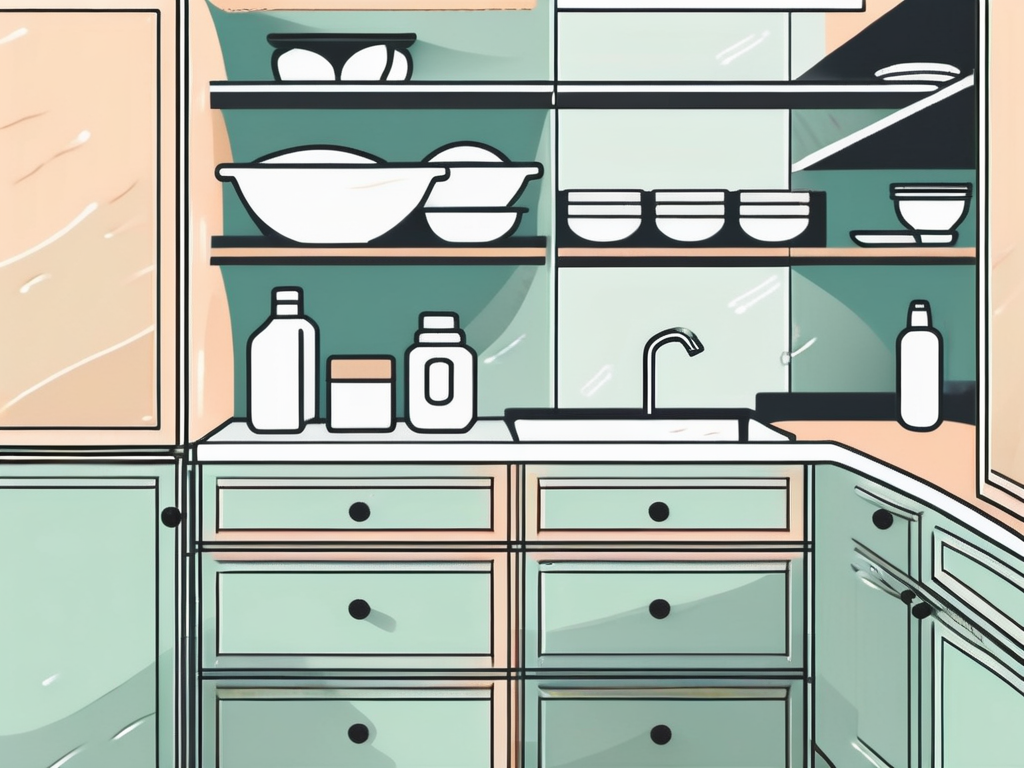
Taking proper care of your kitchen cabinets is essential to maintain their functionality and aesthetic appeal. Neglecting their maintenance can lead to various issues in the long run, including damage and the need for expensive repairs or replacements. Understanding the importance of kitchen cabinet maintenance and familiarizing yourself with common problems can help you ensure their longevity and preserve the beauty of your kitchen.
Understanding the Importance of Kitchen Cabinet Maintenance
As one of the most utilized areas in your home, the kitchen experiences constant activity, and your cabinets play a fundamental role in storing essential items. Kitchen cabinets not only provide functional storage space, but they also contribute to the overall visual appeal of your kitchen. Neglecting proper care can lead to wear and tear, moisture damage, and reduced durability.
When it comes to kitchen cabinet maintenance, it’s not just about keeping them looking good; it’s also about ensuring their structural integrity. Regular upkeep can help prevent issues like warped wood, loose hinges, and malfunctioning drawers. By addressing minor issues early on, you can avoid more significant problems down the line.
The Role of Kitchen Cabinets in Your Home
Kitchen cabinets serve as a storage solution for your cooking utensils, cutlery, appliances, and pantry essentials. They help you stay organized and ensure that everything you need for meal preparation is easily accessible. Additionally, kitchen cabinets contribute to the overall design and aesthetics of your kitchen, making them a focal point of the space.
Moreover, the material of your kitchen cabinets can impact their maintenance needs. For example, wood cabinets may require regular polishing to maintain their luster, while laminate cabinets are easier to clean but can be prone to chipping. Understanding the characteristics of different cabinet materials can help you tailor your maintenance routine to ensure longevity.
Why Regular Maintenance is Crucial
Regular maintenance of your kitchen cabinets is crucial to prevent various problems that can arise from neglect. Proper care can extend their lifespan, ensuring that they remain functional and visually appealing for years to come. By investing a little time and effort in maintenance, you can avoid costly repairs or premature replacements.
In addition to preserving the structural integrity of your cabinets, regular maintenance can also enhance the overall hygiene of your kitchen. Cleaning cabinet surfaces and interiors can help prevent the buildup of dirt, grease, and bacteria, creating a healthier cooking environment for you and your family. Embracing a proactive approach to cabinet maintenance can lead to a more enjoyable and efficient kitchen experience.
Identifying Common Problems with Kitchen Cabinets
Recognizing the signs of wear and tear and addressing them promptly is essential to prevent further damage to your cabinets. By being proactive, you can maintain the integrity of your cabinets and prevent more extensive issues.

When inspecting your kitchen cabinets, it’s crucial to pay attention to not just the outward appearance but also the functionality. Sometimes, wear and tear may manifest in subtle ways, such as hinges that are starting to squeak or drawers that don’t glide as smoothly as they used to. These early warning signs can help you catch problems before they escalate.
Signs of Wear and Tear
Over time, your kitchen cabinets may show signs of wear and tear such as loose hinges, sticky drawers, cracked or chipped paint, or damaged door panels. Pay attention to these signs and address them promptly to prevent further deterioration.
Furthermore, keep an eye out for any unusual smells emanating from your cabinets, as this could indicate mold or mildew growth due to moisture penetration. Inspecting the interior of your cabinets regularly can help you spot such issues early on and take corrective action.
Dealing with Moisture Damage
Moisture is one of the primary culprits behind cabinet damage. Watch out for signs of water damage, such as warped or discolored cabinet surfaces. Addressing leaks promptly and ensuring proper ventilation in your kitchen can help prevent moisture-related issues.
Additionally, consider investing in a dehumidifier for your kitchen if you live in a humid climate or if your kitchen tends to retain moisture. This extra step can go a long way in preserving the condition of your cabinets and prolonging their lifespan.
Essential Cleaning Tips for Kitchen Cabinets
Cleaning your kitchen cabinets regularly helps maintain their appearance and prevents dirt and grime buildup. However, it is essential to follow proper cleaning practices and use appropriate cleaning products to avoid damage.

When it comes to cleaning kitchen cabinets, it’s not just about aesthetics but also about hygiene. Cabinets can harbor bacteria and germs, especially in the kitchen where food is prepared. By keeping your cabinets clean, you are creating a healthier environment for you and your family.
Choosing the Right Cleaning Products
Select cleaning products specifically formulated for kitchen cabinets. Avoid harsh chemicals or abrasive materials that can scratch or dull the cabinet surfaces. Instead, opt for gentle cleansers or homemade solutions using mild dish soap and warm water.
For wooden cabinets, consider using wood-specific cleaners that are designed to nourish and protect the wood while cleaning it. These products help maintain the natural beauty of the wood and prevent it from drying out or becoming damaged over time.
Routine Cleaning Practices
Regularly dusting your cabinets, wiping the surfaces with a soft cloth or sponge, and spot cleaning any spills or stains can go a long way in maintaining their appearance. Remember to dry the cabinets thoroughly after cleaning to prevent moisture-related issues.
In addition to routine cleaning, it’s also a good idea to inspect your cabinets for any signs of wear and tear. Look out for loose hinges, chipped paint, or water damage, as addressing these issues promptly can prevent further damage and prolong the life of your cabinets.
Repairing and Refurbishing Kitchen Cabinets
When faced with damaged or worn-out cabinets, it is important to assess whether repair or replacement is the best course of action. Knowing when to repair and considering DIY repairs can help you save money and extend the life of your cabinets.
Repairing and refurbishing kitchen cabinets can breathe new life into your kitchen space without the hefty price tag of a full replacement. By carefully evaluating the extent of the damage and considering your budget, you can make an informed decision that aligns with your needs and preferences.
When to Repair Vs. Replace
In some cases, minor issues such as loose hinges or small chips can be easily repaired. However, extensive damage or outdated cabinets may warrant a replacement. Consider factors such as cost, functionality, and the overall condition of your cabinets when making this decision.
Additionally, exploring eco-friendly options such as refinishing or repainting your cabinets can not only save you money but also contribute to sustainability efforts by reducing waste. Upcycling old cabinets with a fresh coat of paint or new hardware can transform your kitchen while minimizing your environmental impact.
Tips for DIY Cabinet Repairs
For minor repairs, such as tightening loose screws, filling small cracks or chips, or adjusting cabinet doors, you can tackle the tasks yourself with the right tools and materials. Online tutorials and guides can provide step-by-step instructions for various DIY cabinet repairs.
Before embarking on any DIY cabinet repair project, it is essential to gather all the necessary tools and materials to ensure a smooth process. Taking accurate measurements, using quality materials, and following safety precautions are key aspects of successful cabinet repairs. Remember, attention to detail and patience are crucial when working on refurbishing your kitchen cabinets.
Protecting Your Kitchen Cabinetsfrom Damage
Prevention is key when it comes to maintaining the integrity of your kitchen cabinets. By implementing protective measures, you can reduce the risk of damage and prolong the lifespan of your cabinets.

When it comes to protecting your kitchen cabinets, there are various factors to consider beyond just the surface level. For instance, ensuring proper ventilation in your kitchen can help prevent moisture buildup, which can lead to mold and mildew growth inside your cabinets. Installing a hood vent above your stove can help redirect steam and cooking fumes away from your cabinets, further safeguarding them from potential damage.
Preventing Water Damage
Properly seal your countertops and sink areas to prevent water from seeping into your cabinets. Additionally, wipe up spills or leaks immediately and regularly inspect your plumbing for any signs of leakage.
Moreover, incorporating a drip tray or mat under your sink can provide an extra layer of protection against potential water damage. These simple additions can help catch any leaks or spills before they reach your cabinets, preserving both the structural integrity and aesthetic appeal of your kitchen cabinetry.
Avoiding Physical Damage
Take precautions to prevent physical damage to your cabinets. Avoid slamming cabinet doors, use knobs or handles to open them, and resist placing heavy objects on top of your cabinets to prevent them from sagging or warping.
Another aspect to consider in safeguarding your kitchen cabinets is the installation of soft-close hinges. These hinges not only prevent slamming of cabinet doors but also help extend the life of the cabinets by reducing wear and tear on the hinges and door frames. Additionally, utilizing drawer liners can help protect the interior of your cabinets from scratches and dents caused by sharp utensils or heavy pots and pans.
In conclusion, taking care of your kitchen cabinets is essential to maintain their functionality and appearance. By understanding the importance of proper maintenance, identifying common problems, adopting regular cleaning practices, and knowing when to repair or replace, you can extend the lifespan of your kitchen cabinets and ensure they remain a beautiful and functional asset in your home.
